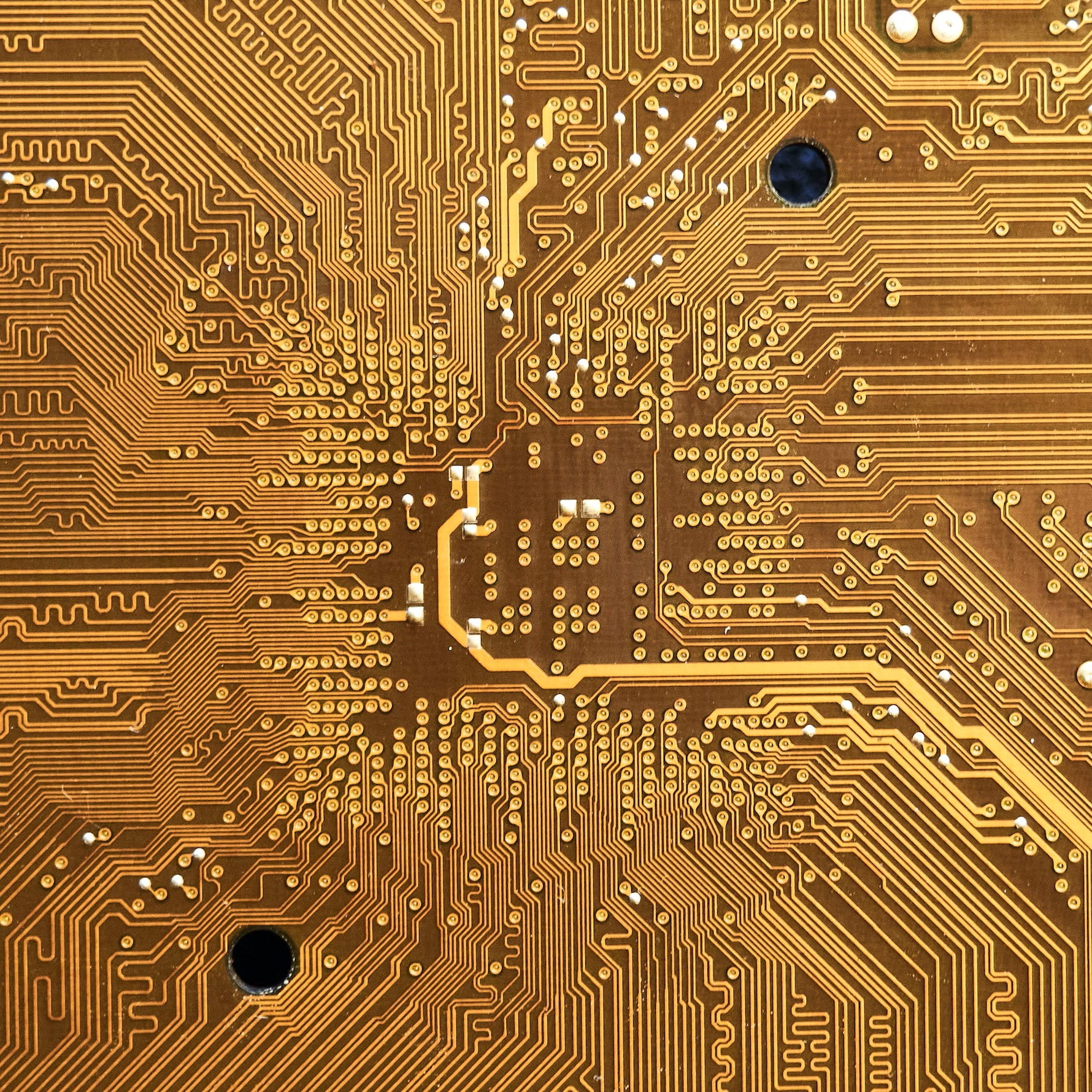The Dawn of a New Quantum Era in Optical Communication
In the fast-evolving world of technology, few innovations have the potential to reshape the future of data infrastructure as dramatically as the new spin photodetectors developed by Japanese tech firm TDK. Promising optical data transmission speeds up to 10× faster than traditional semiconductor-based systems, these photodetectors, with response times clocking in at an astonishing 20 picoseconds, mark a new era in ultra-low-latency communications, high-speed imaging, and immersive technologies like Augmented Reality (AR) and Virtual Reality (VR).
But beyond the impressive speed benchmarks, these detectors represent something far more profound: a quantum leap that could radically alter how we design and deploy data infrastructure, AI systems, and even edge computing. In this article, we explore the science behind this breakthrough, its potential applications, and the unexplored territories it opens in the realms of artificial intelligence and the future of data transmission.
Quantum Spin Photodetection: A Leap Beyond Traditional Semiconductors
To understand why TDK’s new spin photodetectors are so groundbreaking, we first need to comprehend the core principle behind their operation. Traditional photodetectors, the devices responsible for converting light into electronic signals, are primarily based on semiconductor materials like silicon. These materials, while powerful, have inherent limitations when it comes to speed and efficiency.
Enter spintronics: a technology that leverages the intrinsic spin of electrons, a quantum property, to store and transmit information. By tapping into the spin of electrons, TDK’s spin photodetectors can achieve much faster response times compared to traditional semiconductor-based systems. The key to this innovation lies in the spin-orbit coupling phenomenon, which allows for ultra-fast manipulation of electron spins, enabling significantly higher-speed data transmission.
Where conventional semiconductor photodetectors operate at nanosecond speeds, TDK’s spin detectors achieve picosecond response times — a leap by a factor of 1000. This quantum-scale leap opens a window into a new type of data infrastructure that could power the next generation of AI-driven applications and high-performance computing.
Revolutionizing AI and Low-Latency Systems
The primary appeal of ultra-fast spin photodetectors lies in their low-latency capabilities. In AI systems, especially those that rely on real-time decision-making — such as autonomous vehicles, robotics, and financial trading algorithms — even the smallest delay can result in catastrophic errors or missed opportunities. As AI models become more complex and demand more data processing in real-time, the need for faster data transmission becomes imperative.
Traditional optical networks, which use light pulses to transmit data, are constrained by the speed of semiconductors. However, with spin photodetectors, this limitation is vastly reduced. By enabling near-instantaneous optical data transfer, these detectors can facilitate the near-zero-latency connections needed for AI applications that demand real-time decision-making. This could revolutionize autonomous vehicles, edge AI, and distributed learning models where every millisecond counts.
In fact, the ultra-fast response times could herald the development of AI systems capable of synaptic speed—approaching the processing speeds of the human brain. As researchers have hypothesized, neuromorphic computing — the design of AI hardware that mimics the brain’s architecture — could benefit immensely from these faster, spin-based technologies.
The Future of High-Speed Imaging and AR/VR
Another highly promising application of TDK’s spin photodetectors is in the realm of high-speed imaging and immersive AR/VR experiences. These technologies are poised to transform industries such as healthcare, education, gaming, and remote work. However, their widespread adoption has been limited by the need for low-latency, high-resolution data transmission.
Currently, AR/VR systems rely heavily on optical sensors and cameras to deliver real-time, high-definition content. The demand for data transfer speeds capable of supporting 4K/8K video streams in immersive environments means that current semiconductor photodetectors are nearing their limits. As a result, latency issues, such as motion sickness or delayed responses, persist.
Spin photodetectors could change this reality. With response times in the 20-picosecond range, they can drastically improve frame rates, reduce latency, and enable more lifelike virtual environments. By ensuring that data from sensors and cameras is transmitted without delay, TDK’s innovation could make 5G/6G AR/VR ecosystems more immersive and responsive, creating a new level of interaction for users.
Unlocking New Data Center Paradigms
Beyond individual applications, ultra-fast spin photodetectors hold the potential to fundamentally change how data centers are structured and optimized. As we push towards the exascale era — where massive datasets will be processed and analyzed at unprecedented speeds — the demand for faster data connections between servers, storage systems, and user terminals will continue to escalate.
Traditional electrical circuits in data centers are increasingly strained by the demand for bandwidth. Optical interconnects, once considered an impractical solution, could become the new backbone for data center architecture. Spin photodetectors would facilitate optical networks within data centers, allowing light-speed communication across millions of devices. This could reduce the reliance on copper cables and electrical interconnects, enabling more energy-efficient and higher-performing data-center-to-cloud infrastructures.
Furthermore, TDK’s innovation aligns perfectly with the rise of quantum computing. As quantum processors require an entirely new infrastructure to manage quantum bits (qubits), the speed and precision of spin-based photodetectors could become critical for linking quantum and classical computing systems in quantum networks.
The Unexplored: Spin Photodetectors in AI-Driven Quantum Networks
One area of spin photodetector research that has yet to be fully explored is their role in AI-driven quantum networks. Currently, quantum communication relies on photon-based transmission, with spin-based quantum states used to encode information. By combining spintronics with AI algorithms, we could see the rise of intelligent, self-optimizing quantum networks that can dynamically adapt to environmental changes and optimize data paths in real-time.
Imagine a quantum internet where data packets are encoded in the spin states of electrons, with spin photodetectors acting as ultra-efficient routers that are powered by AI to manage and direct data traffic. Such a network could lead to breakthroughs in cryptography, global-scale quantum computing, and distributed AI systems.
The Road Ahead: Ethical Considerations and Challenges
As with any groundbreaking technology, the rise of ultra-fast spin photodetectors brings with it several challenges and ethical considerations. The rapid evolution of communication infrastructure could exacerbate issues related to digital divides, where countries or regions lacking access to cutting-edge technologies may fall further behind. Additionally, the integration of AI into these systems could raise concerns about data privacy and algorithmic accountability, especially in applications that involve sensitive or personal information.
Moreover, the energy consumption of next-generation data infrastructure remains a concern. While spin photodetectors are more energy-efficient than traditional semiconductor detectors, scaling up their use in large-scale AI or data center environments will require careful planning to ensure that these innovations do not contribute to the growing global energy demand.
Conclusion: The Future is Now
TDK’s new ultra-fast spin photodetectors are not just an incremental improvement; they represent a paradigm shift in optical data transmission. With their potential to revolutionize everything from AI and autonomous systems to immersive AR/VR experiences, and even the very fabric of data center architecture, this breakthrough promises to redefine how we think about speed, connectivity, and intelligence in the digital age. As we look to the future, the true impact of these spin-based devices may not be fully realized yet. What we do know, however, is that this technology paves the way for new, AI-powered infrastructures capable of handling the demands of tomorrow’s hyper-connected world — a world where quantum communication and instantaneous decision-making are no longer science fiction but a daily reality.





